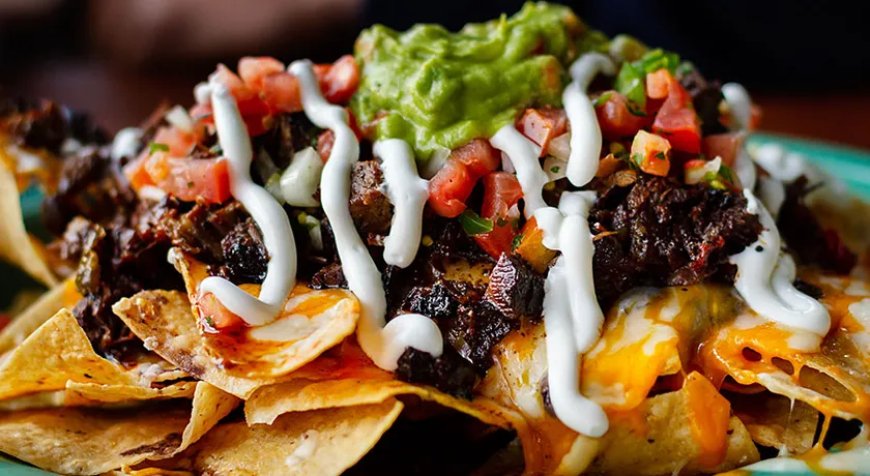9 Things You Didn’t Know Were Named After People
9 Things You Didn’t Know Were Named After People

The etymology of words can be complicated. In English many words derive from ancient languages such as Latin (candle) and Greek (biology) or are borrowed from other languages (guru, cigar, karaoke). Some common words, however, actually derive their names from people, though that source is often lost to history. Here are just a few examples.
Mesmerize
Franz Mesmer was an 18th-century German physician who believed that the gravitational attraction of the planets influences human health. He later revised his theory and called it “animal magnetism,” suggesting that invisible fluid in the body reacts to the laws of magnetism. He developed a number of treatments to improve health by instilling a more harmonious fluid flow, some of which involved putting his patients into a trance. Physicians and other experts of the day labeled Mesmer a fraud, but from his name came the word mesmerize, meaning to captivate or hypnotize.
Decibel
A decibel is, among other things, a unit for measuring the intensity of sound; the higher a decibel rating, the louder something is. The bel in decibel comes from Alexander Graham Bell, the inventor of the telephone.
Maverick
Samuel A. Maverick was a 19th-century Texas lawyer who acquired a ranch with several hundred head of cattle. Uninterested in being a rancher, Maverick left his cattle unbranded and pretty much let them roam free. Over time maverick became a word for unbranded cattle. Today it more commonly means a person who acts individually rather than with a group.
Saxophone
This popular musical instrument was patented in France in 1846 by Adolphe Sax, who left no formal account of its development. Sax created the saxophone for use by military bands and orchestras. It was quickly adopted by the French army and spread from there to other countries.
Macadamia nuts
Though commonly associated with Hawaii, the nut-bearing macadamia tree is actually indigenous to Australia. In 1858 Dr. Ferdinand von Mueller, director of the Royal Botanical Gardens and National Herbarium of Victoria, named the genus of the tree after his good friend and colleague, John Macadam, a regarded chemist, medical teacher, and politician.
Shrapnel
Feared by war fighters throughout modern history, shrapnel is the collective projectiles, typically small shot but also fragments of shell casing, that are scattered by an explosive charge. It is named after British artillery officer Henry Shrapnel, who invented the devastating antipersonnel weapon in the late 18th century.
Graham cracker
Sylvester Graham was a 19th-century clergyman better known for promoting coarsely ground wheat flour to improve health. In 1829 he invented the cracker that now bears his name and which became a kitchen staple around the world. Graham’s health regimen also included cold showers, hard mattresses, homemade bread, and absolutely no alcohol.
Nachos
In 1943 a group of military wives visiting Piedras Negras, a small Mexican city just across the border from Fort Duncan, in Eagle Pass, Texas, dropped by a local restaurant looking for a bite to eat. The restaurant was closed, but maître d’ (or possibly chef, details vary) Ignacio Anaya García felt sorry for the group and decided to whip up a little something based on what was still available in the kitchen. He cut up and fried some tortillas, covered them with shredded cheese and jalapeño peppers, and put it all in the oven for a few minutes. He named the tasty snack after his nickname—and so the nacho was born.
Tupperware
Earl Tupper held numerous jobs before taking a position with Viscoloid, a subsidiary of DuPont, in 1937. He left a year later to start his own business as a DuPont subcontractor, and eventually he developed a flexible, unbreakable plastic called polyethylene, which he used to manufacture lightweight containers with airtight lids similar to those found on paint cans. In 1946 he formed the Tupperware Company to sell his containers, but sales were slow at first because customers didn’t understand how the containers worked. Home demonstration parties—a marketing device created by housewife Brownie Wise—changed that, and soon Tupperware could be found in kitchens throughout the country.



























![MOVIE: HOUSE OF THE DRAGON S2 [DOWNLOAD]](https://ngrtoday.com/uploads/images/202407/image_430x256_668bb73088dfd.jpg)
















![MOVIE: HOUSE OF THE DRAGON S2 [DOWNLOAD]](https://ngrtoday.com/uploads/images/202407/image_140x98_668bb7308ec25.jpg)



